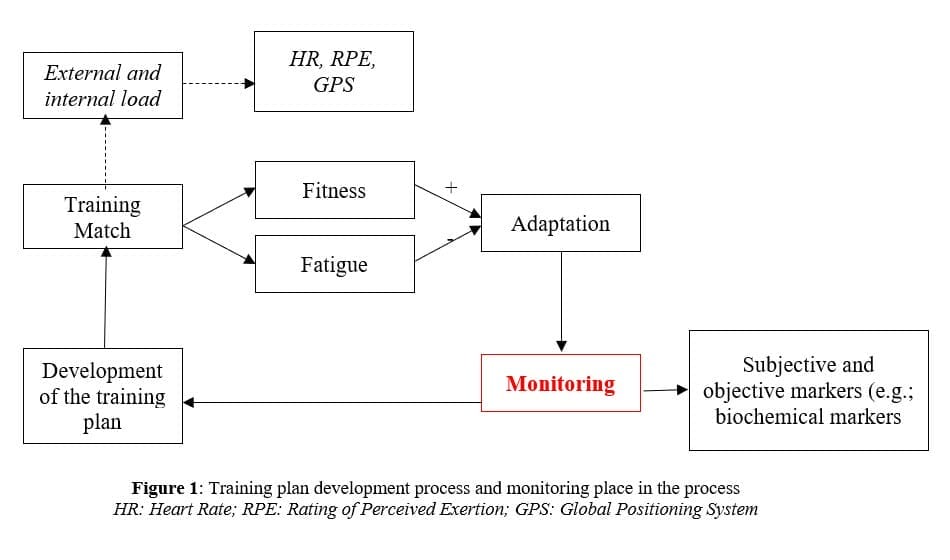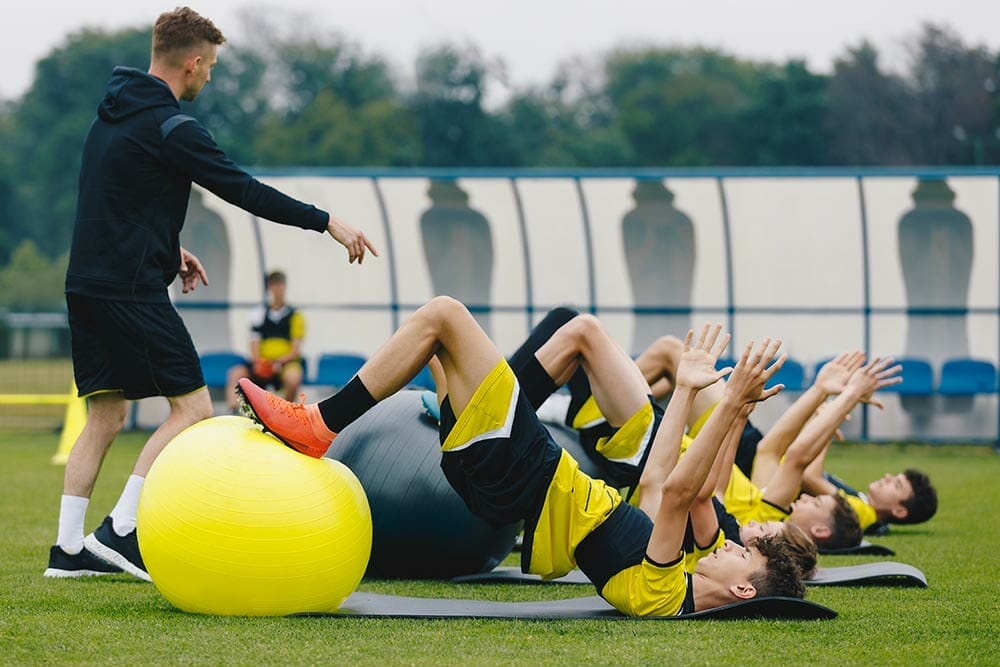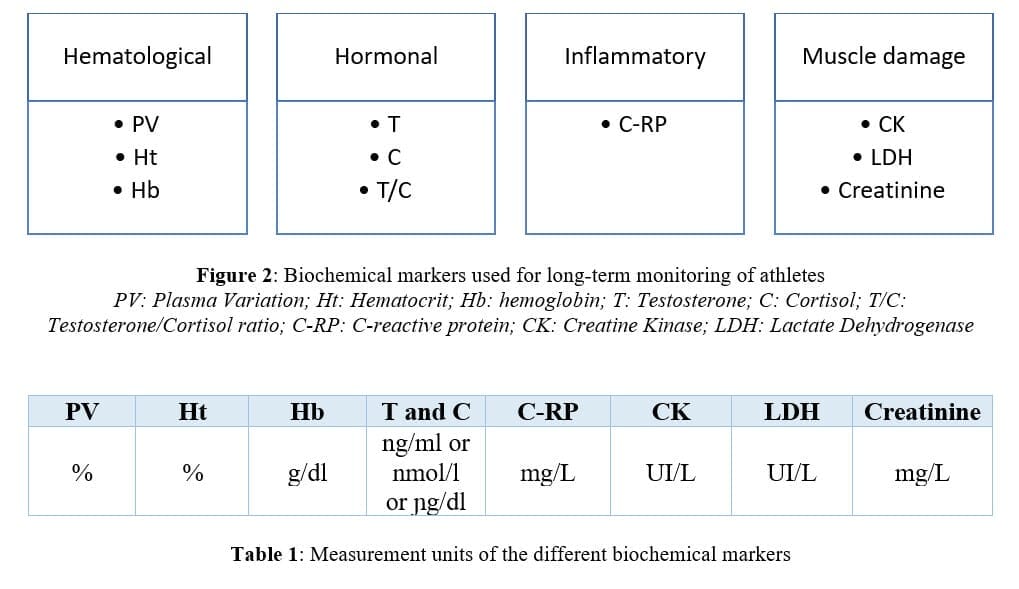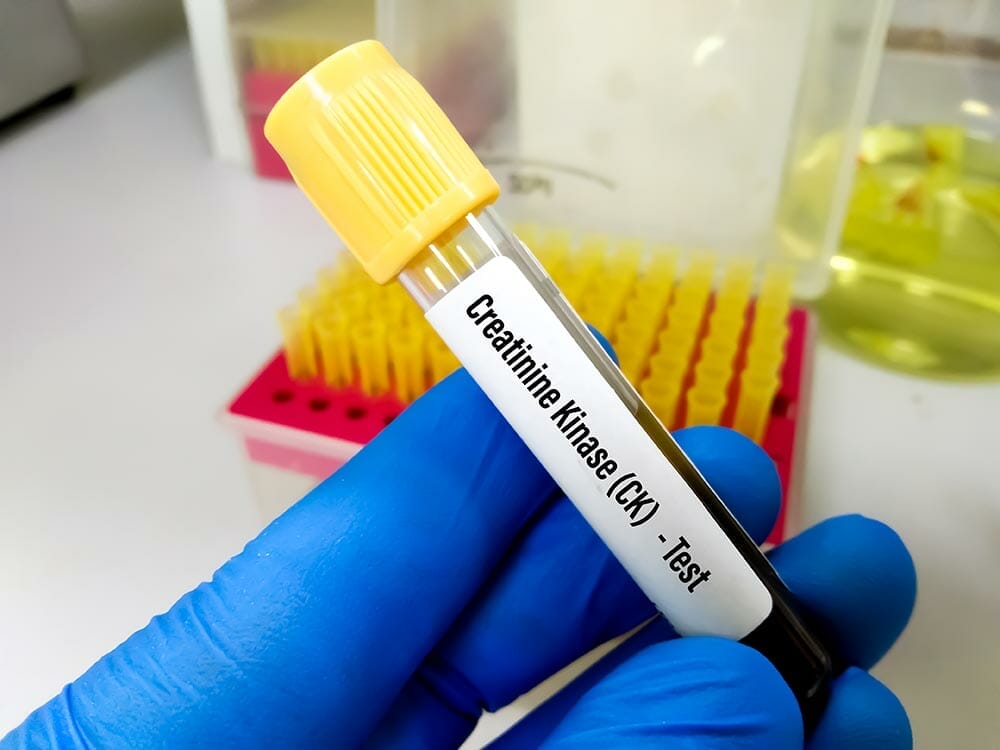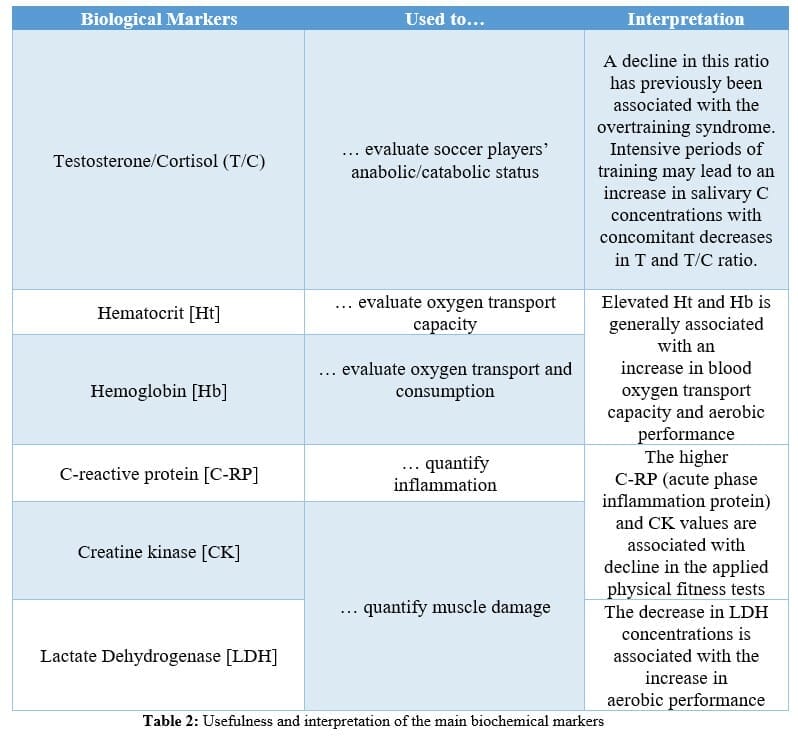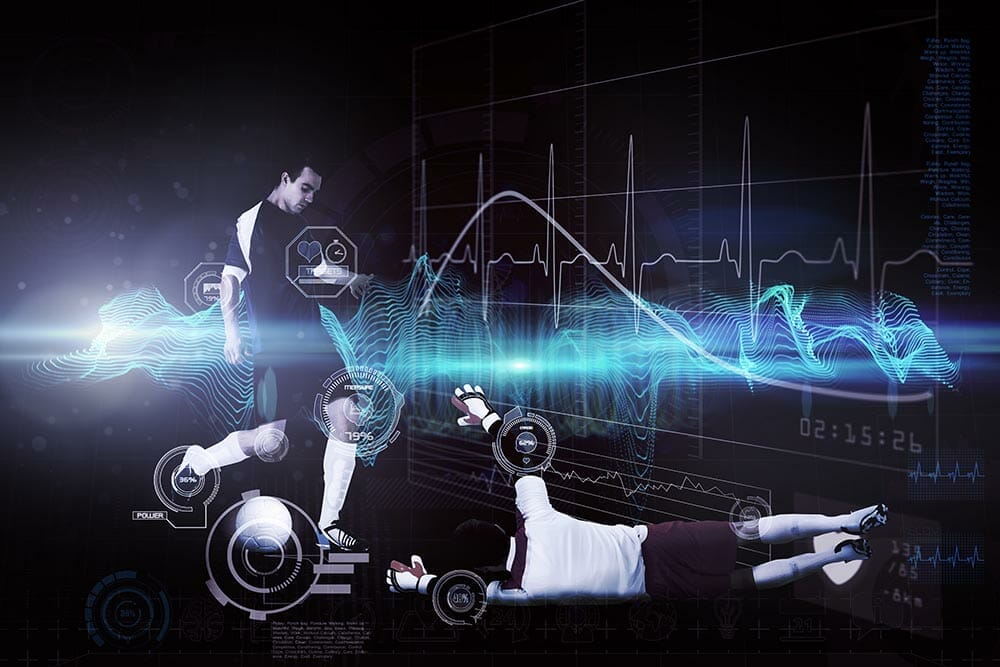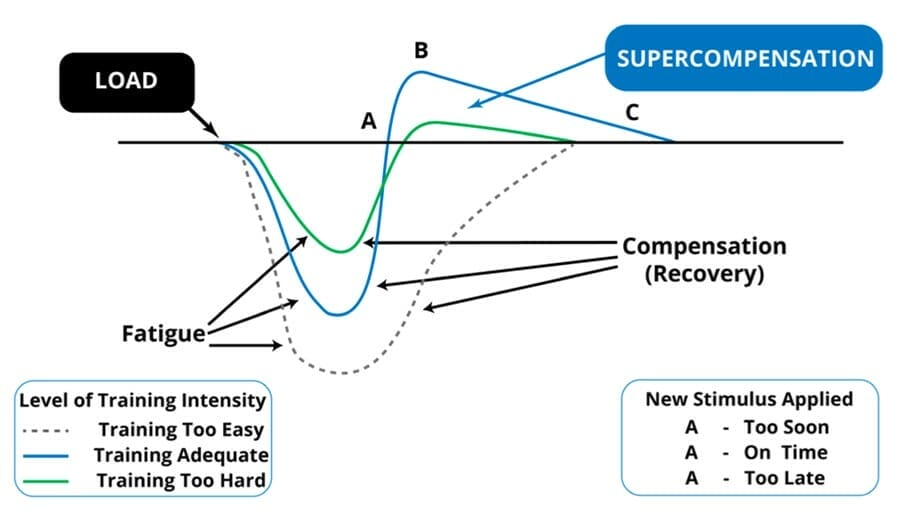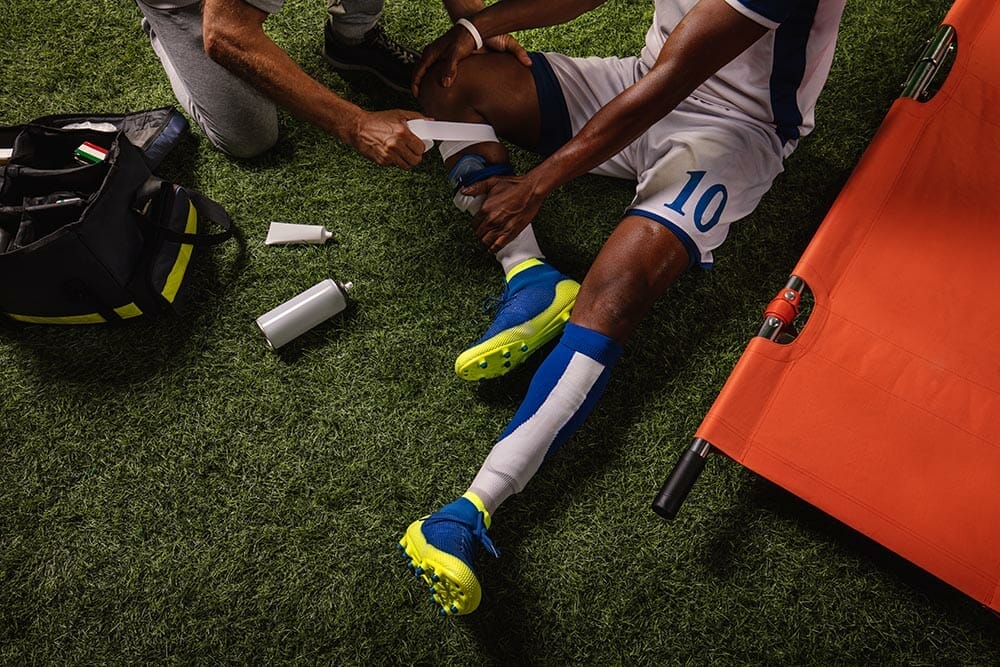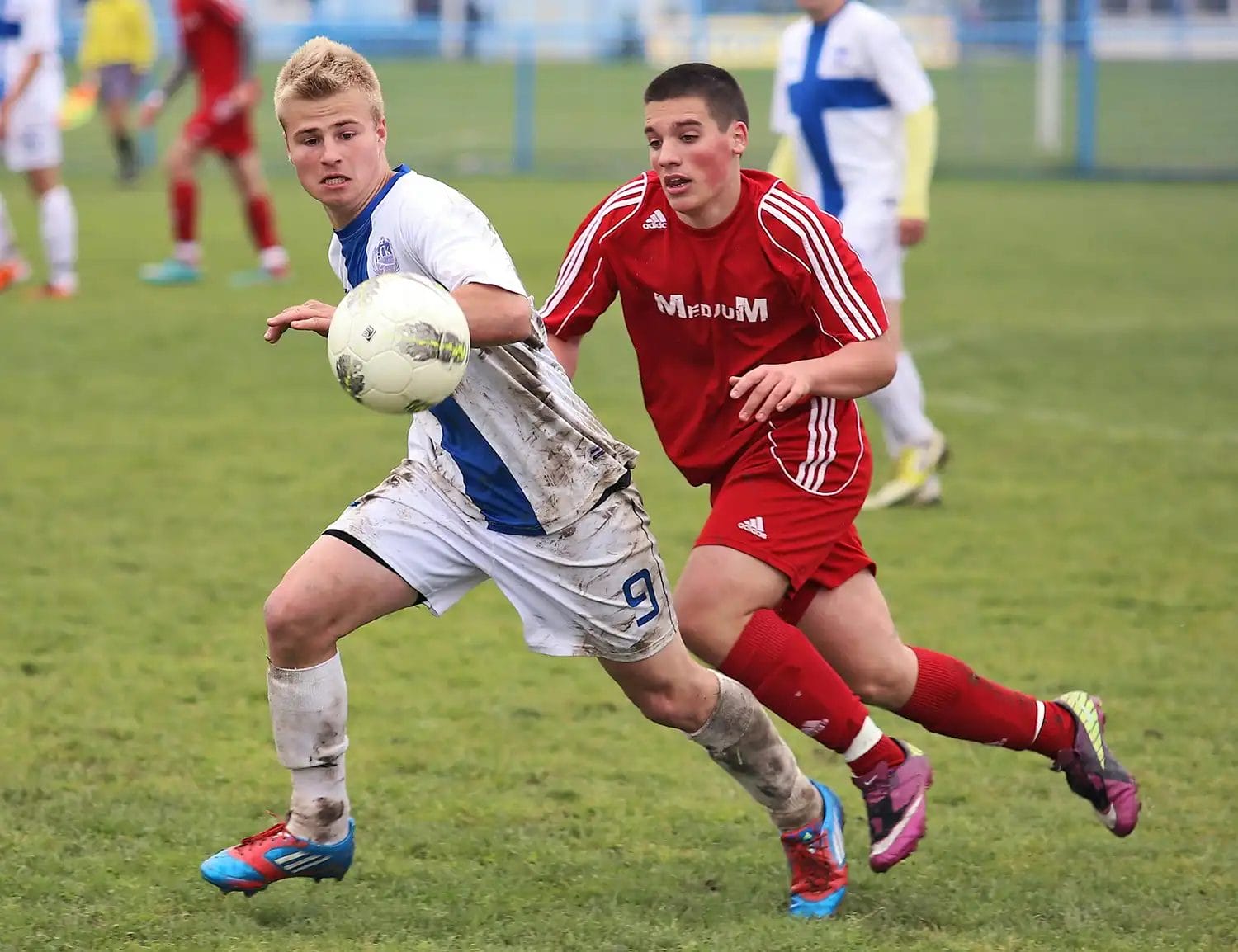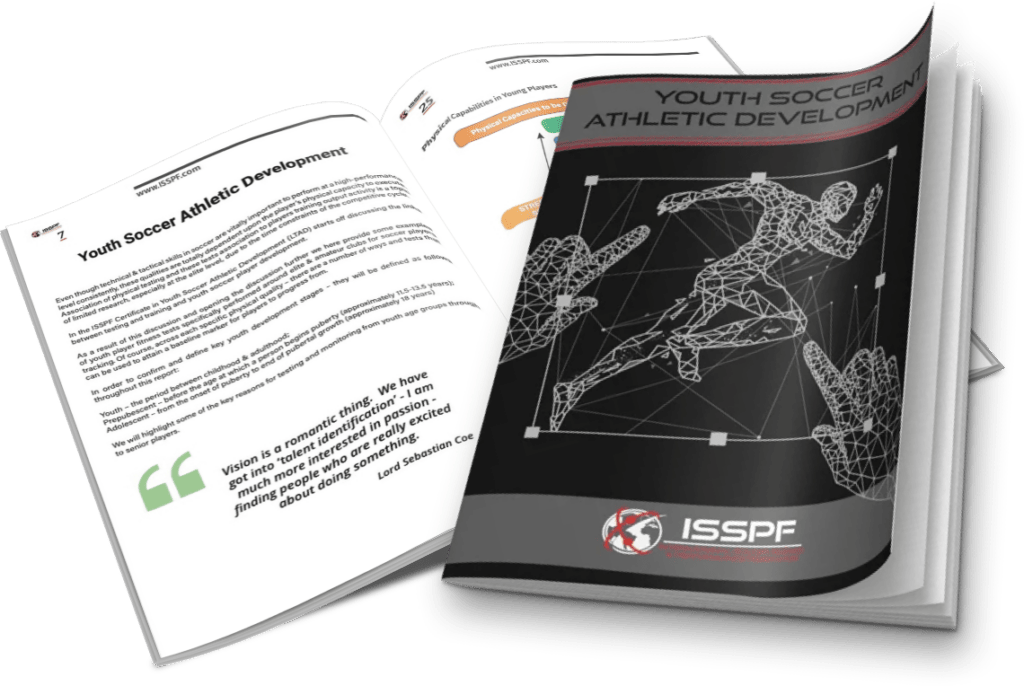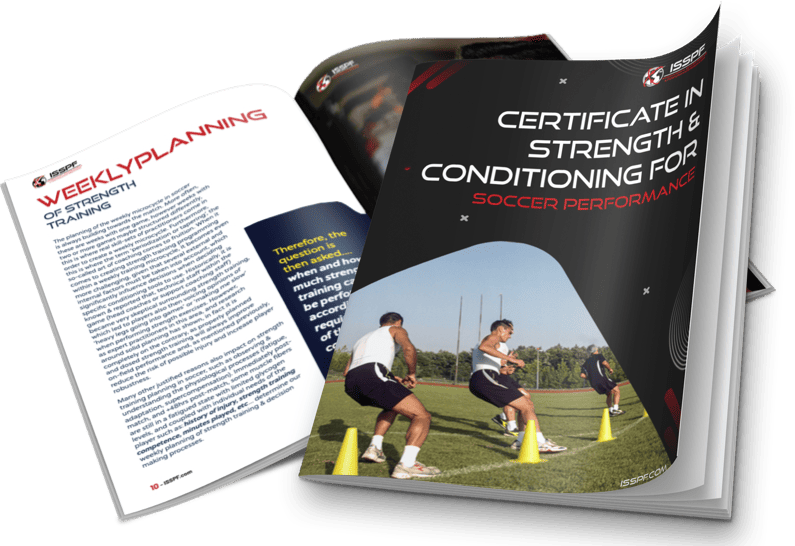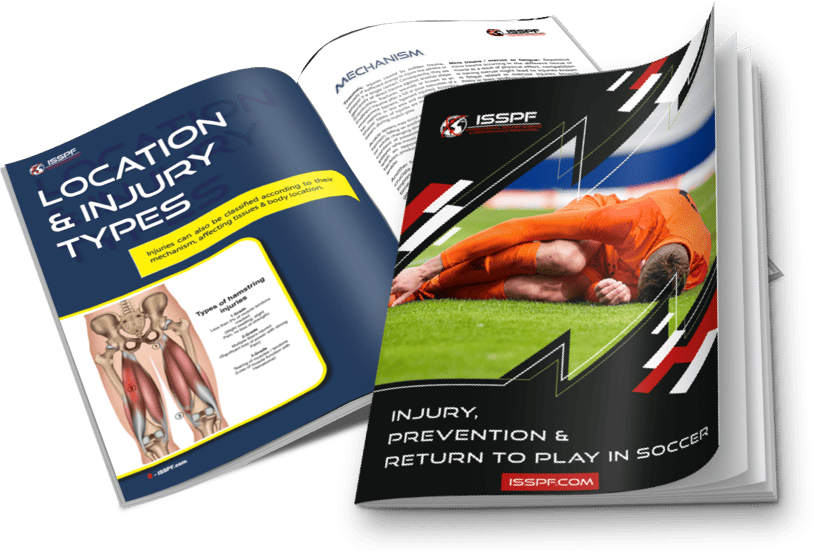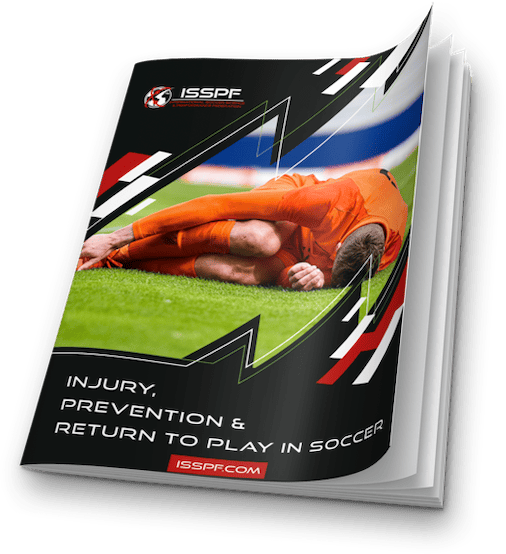The Importance of Biochemical Markers
Soccer has been characterized as a high-intensity sport that combines intermittent work periods of anaerobic and aerobic physical actions (Stølen et al. 2005).
Thus, elite soccer programs are designed by coaches and staff to prepare the players to repeat these physical demands several times a week during a soccer season.
Players at all levels are subject to seemingly endless competitive periods on top of preseason preparation match-play, international games and ever-growing post-season demands in addition with national team qualifying games and International tournaments.
As a result of the increased games, comes the limited potential for developmental training but constant cumulative wear & tear on muscles, ligaments & joints.
Without appropriate monitoring of load or poor load management can disrupt the performance capacity of individuals & potential will erode the integrity of the body’s delicate architecture.
Start the Training Load Management Online Course
Indeed, both training and matches induce physiological changes that are important to assess.
Thus, monitoring these changes would give coaches an indication of the individual training load, so that adjustments can be made to the training regime; thereby, overtraining and/or overreaching can be avoided, and physical fitness performance could be maximized (Borresen & Lambert, 2008) (Figure 1).
To prevent imbalance and overtraining, biological monitoring is now a common practice used for the evaluation of physiological responses during competition and training in many sports.
The effects of soccer training on haematological variations, immunological markers of muscle strength, physical performance, hormonal responses to a single game, and long-term training have been reported (Saidi et al., 2019; 2020a; 2020b; 2021).
Biochemical Markers
A wide variety of biochemical markers (hematological, hormonal, inflammatory, muscle damage, physiological) have been used for monitoring athletes (Saidi et al., 2019; 2020a; 2020b; 2021) (Figure 2, Tables 1, 2, 3).
How Performance is Affects the Body Chemistry
Competition and training result in increases/decreases in selected haematological, hormonal, inflammatory, and muscle damage markers and measures of physical performance.
Hematological
Blood samples could be taken to monitor changes in hematological variables (e.g., PV, Ht, Hb). Variation in PV and the parameters associated (Ht and Hb) with it is considered an important form of body fluid adaptation in response to different training loads and variations in exercise intensity (Saidi et al., 2019).
Hormonal
T/C ratio has been recommended as a more sensitive marker to evaluate overreaching overtraining in athletes. The changes in hormonal parameters (free testosterone
[FT] and total testosterone/cortisol [TT/C] ratio) after long-term soccer training were related to vertical jump performance (e.g., countermovement jump and squat jump). Anabolic hormones (FT) and the TT/C ratio may be used as helpful tools to identify physical performance alterations after long-term soccer training (Saidi et al., 2022).
Inflammatory
C-RP was elevated as immediately, 13-h and 24 h post-game. There is a significant positive correlation between the CRP and the fatigue score. Decline in performance measures of physical fitness after a congested period of match play may be due to the observed increase in C-RP (Saidi et al., 2022).
Muscle Damage
CK and LDH increases significantly during exercise, and the level and intensity of training influence the response to exercise. Values of LDH have risen markedly in untrained individuals, and monitoring metabolites (CK and LDH) can enhance our understanding of muscle response to exercise and adaptation to physical work (Callegari et al., 2017).
The increase in LDH and CK blood levels results most often from myocyte damage during intense prolonged training, incomplete recovery, and increased oxidative stress (Becatti et al., 2017).
From a practical point of view, biochemical markers with shorter peaks of post-exercise blood secretion (max 24-36 h) should be used in soccer (Podgórski et al., 2021).
Conclusion & Practical Applications
Long-term soccer training induced greater alterations (increases or decreases) in hematological, hormonal, inflammatory, and muscle damage markers (Table 2) and physical performance.
These different alterations can be explained by different factors (e.g., training load, duration of training, psychological factors, mood state).
The biomarkers and physical performance alterations occurring after long-term soccer training cannot reflect only the training intensity and volume conducted by the players but must also reflect the recovery strategies followed.
This is important as inadequate recovery during long-term soccer training may cause a fatigue state and a critical change in biological markers and physical performance as well as increase the risk for injury.
How Training Staff Can Affect States
Medical and technical staff are called to implement methods that may optimize players’ physiological and psychological state.
Authors showed significant changes in various hematological parameters (PV, Ht and Hb) and physical fitness, which suggests potentially negative effects of the training load and match play, specifically the congested period of match play.
The changes in the selected hormonal parameters (FT and TT/C) were related to vertical jump (VJ) performance (e.g., CMJ and SJ) alterations. TT/C ratio seems to constitute a good strategy for monitoring muscle recovery and VJ performance (e.g., CMJ and SJ). The relationship between the alterations in FT and TT/C ratio with CMJ and SJ performance changes reinforces the use of anabolic hormone analyses to assess VJ performance and the recovery of quadriceps and hamstring contractile properties.
Furthermore, CRP and CK changes correlate with wellness status (fatigue, DOMS, and Hopper index), suggesting that it is useful to follow variations in CRP and CK levels to determine the degree of change in wellness status.
What is Training Load Management?
Training load management or soccer load management refers to the structured process of the appropriate level of training in terms of frequency, duration and intensity.
If training loads are managed correctly, then physical attributes such as speed, strength and endurance should be improved safely with the main aim of improving performance.
According to literature in this area, there are two types of training load monitoring:
Start the ISSPF Training Load Management Online Course
Internal & External Loads Explained
To simplify the context:
- INTERNAL are more physiological aspects: heart rate, biochemical profiles and personal exertion scores etc
- EXTERNAL is more physical outputs: Global Positioning Data (GPS) – total distance, speed thresholds achieved, change of directions etc.
When training is planned and completed by players at the appropriate intensity and volume it provides the intended increases in fitness levels. Research has shown that players with the appropriate fitness levels have the required resilience to both training and game demands and therefore these players are at reduced injury risk.
What Does This Course Cover?
The demand for training load management experts & coaching specialists in football is growing year upon year. Thousands of students are leaving university with a sport science degree, however many of them asking the key question…
- What now? How do I get a job in football?
- What’s the next step?
- Which area of sport science do I want to specialise in?
This is certainly an interesting question as progress from completing a sports science degree to then working in professional football & trying to understand all the key components and soft skills that come with jobs in football or careers within the sport.
The bespoke courses developed by ISSPF Elite Faculty members are a way of further exposing sport science students, individuals working within the game, coaches, physiotherapists, doctors, sports therapists & other football science enthusiasts with a thirst to develop further in this area.
The link below will take you to the hugely popular & expertly designed ISSPF endorsed & accredited Training Load Management online sports science course, where you will be exposed to football science & specific soccer coaching led research, practical examples and training load monitoring methods used by leading practitioners within varying levels team sport development.
Training Load Management Online Course
Why is This Course Important?
- Highlights the reasons we should monitor and assess training load in soccer
- Highlights the practical application of modern training load monitoring & assessment tools
- Provides an understanding of the need to monitor players training load & minimize training ‘spikes’
- Helps you to understand the balance between soccer related fitness, freshness & fatigue
- Assists in preparing players for the physical, technical & tactical demands in a safe, progressive manner
- May help us to reduce the risk for non-contact muscle injuries, through a better understanding of planning & preparation
Who is This Course For?
- Individuals tasked with the responsibility for the training & coaching aspects of athletes or team sports.
- Individuals with an interest in developing their knowledge in the training & development of individual athletes or team sports.
Average Workload: 20 hours total (pre-lecture reading + online content + questions + assignment)
Delivery Method: Online-based
Language Delivered: English
Training Load Management Online Course
What Does This Course Cover?
Training Load Management course:
Module 1: Soccer player testing & monitoring: Real evidence
Lecturer: Prof. Darren Paul (England)
Module 2: Injury reduction strategies in professional soccer
Lecturer: Dr. Patrick Orme (England)
Module 3: Considerations & Applications of Training Load Monitoring in Elite Soccer Players
Lecturer: Dr. Vasilis Kalapthorakos (Greece)
Module 4: Soccer specific monitoring: Weekly microcycle, planning and performance
Lecturer: Dr. Dawid Golinski (Poland)
Module 5: External load monitoring in professional soccer: Understanding GPS tracking
Lecturer: Dr. Xinji Xi (China)
Module 6: Testing and monitoring in soccer: training & games
Lecturer: Dr Berni Guerro (Spain)
Topic: Performance Analysis
Module 7: Soccer specific monitoring: Subjective effort assessment
Lecturer: Dr. Dawid Golinski (Poland)
Module 8: Training Load Management: The appliance of science
Lecturer: Dr. Adam Owen (Wales)
Article Authors:
Benjamin Barthélémy 1,2, Guillaume Ravé 2, Abderrraouf Ben Abderrahman 3, Hassane Zouhal 1,4
1 Laboratoire Mouvement, Sport, Santé, University of Rennes, M2S—EA 1274, 35000 Rennes, France; 2 Toulouse Football Club, Toulouse, France; 3 ISSEP, University of La Manouba, Tunis, Tunisia; 4 Institut International des Sciences du Sport (2I2S), 35850 Irodouer, France.
References
Becatti M, Mannucci A, Barygina V, Mascherini G, Emmi G, Silvestri E, Wright D, Taddei N, Galanti G, Fiorillo C. (2017) Redox status alterations during the competitive season in élite soccer players: focus on peripheral leukocyte-derived ROS. Intern Emerg Med.;12(6):777─788
Borresen J, Lambert MI. (2008) Autonomic control of heart rate during and after exercise. Sports Med.;38(8):633–46.
Callegari GA, Novaes JS, Neto GR, Dias I, Garrido ND, Dani C. (2017) Creatine Kinase and Lactate Dehydrogenase Responses after Different Resistance and Aerobic Exercise Protocols. J Hum Kinet ;58:65-72
Podgórski T, Kryściak J, Pluta B, Adrian J, Marynowicz J, Krzykała M, Konefał M, Chmura P, Chmura J, Andrzejewski M. (2021) A Practical Approach to Monitoring Biomarkers of Inflammation and Muscle Damage in Youth Soccer Players During a 6-Month Training Cycle. J Hum Kinet. 80:185-197.
Saidi K, Zouhal H, Rhibi F, Tijani JM, Boullosa D, Chebbi A, et al. (2019) Effects of a six-week period of congested match play on plasma volume variations, hematological parameters, training workload and physical fitness in elite soccer players. PLoS ONE 14(7): e0219692.
Saidi K, Ben Abderrahman A, Boullosa D, Dupont G, Hackney AC, Bideau B, Pavillon T, Granacher U and Zouhal H (2020a) The Interplay Between Plasma Hormonal Concentrations, Physical Fitness, Workload and Mood State Changes to Periods of Congested Match Play in Professional Soccer Players. Front. Physiol. 11:835
Saidi, K., Zouhal, H., Boullosa, D., Dupont, G., Hackney, A. C., Bideau, B., Granacher, U., & Ben Abderrahman, A. (2020b). Biochemical Markers and Wellness Status During a Congested Match Play Period in Elite Soccer Players, International Journal of Sports Physiology and Performance, 17(4), 605-620
Saidi, K., Abderrahman, A.B., Hackney, A.C., Bideau, B., Zouita, S., Granacher, U., & Zouhal, H., (2022) Hematology, Hormones, Inflammation, and Muscle Damage in Elite and Professional Soccer Players: A Systematic Review with Implications for Exercise. Sports Med 51, 2607–2627
Stølen T, Chamari K, Castagna C, Wisløff U. (2005) Physiology of soccer. Sports Med.;35(6):501–36.
Share this article:


